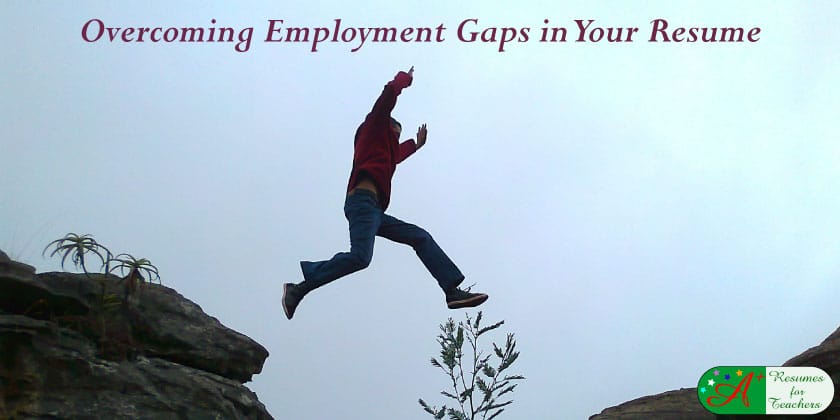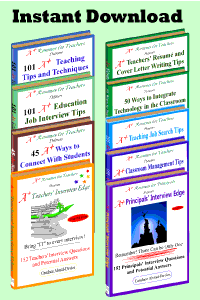Almost all job seekers have to overcome employment gaps in their resume. Many people take time off from their jobs at one time or another. Sometimes, the employment gap is by choice, but other times, it is out of our control.
It might be due to a layoff, downsizing, or a lengthy job search. What is the most efficient way to explain the employment gaps in your resume? The answer depends on what you did after leaving your job.
To overcome employment gaps in your resume, you need to take attention away from them without appearing to be lying or actively covering them up in your resume. The cover letter can address overcoming holes or obstacles in your employment.
The first thing to do lies with how you list the dates on your resume; you are not obliged to list month after month or year after year if you have held the same position for more than a year.
Instead of putting in your employment record the month and the year, like January 20011 – October 2015, you can just put 2011 – 2015, which may help to disguise employment gaps. It will look like this:
Grade 2 Teacher, 2011 – 2015
Grade 4 Teacher, 2002-2011
This format will not show specific start and end dates, so you can’t tell how many months you were unemployed between positions.
The person reviewing your resume will not know if you transitioned immediately from your role as a Grade 4 teacher to a Grade 2 teacher or left your part as a Grade 4 teacher in May 2015 and didn’t find the new position until December 2015. However, this method only works if you have been unemployed for less than a year.
Double-check the format you choose for your resume. You can format your resume to help reduce or curtail the gaps in your employment background. Accomplish this by avoiding bold design on the dates; a smaller font helps de-emphasize dates.
A skills-based resume is another way to emphasize away from the timeline of your career accomplishments and place it on the actions themselves. Rather than listing each job with your achievements in chronological order, you can group your achievements and briefly list positions you held later in the resume.
Don’t include all your work experiences on your resume if you have worked for many years. It is highly acceptable to omit a job or two that may not be related to your job target, or you can limit your work history to the last fifteen years, for instance.
Include the work experiences you gained during the years or months you were not officially working. Suppose you include volunteer experiences, freelance or contract work, and other experiences contributing to your professional development. In that case, you can have those in your resume to help fill in the gaps in your formal employment.
Finally, it’s crucial to tell the truth concerning your situation. Schools will often consider your case if you explain your resume gaps accurately and concisely. Gaps in one’s career development are not unusual.
Have a game plan to explain your experience, give your interviewers context, and demonstrate you used your time away from more formal employment to grow as a person and professional. As you explain, your employment gap is where your power is. Demonstrating your time away has contributed to your strengths rather than detracting from them.
Do you have a gap in your employment? Would you like to make sure your resume tells your story in such a way that employers will want to know more? Check out the resume writing services. We can help you put your best foot forward.


